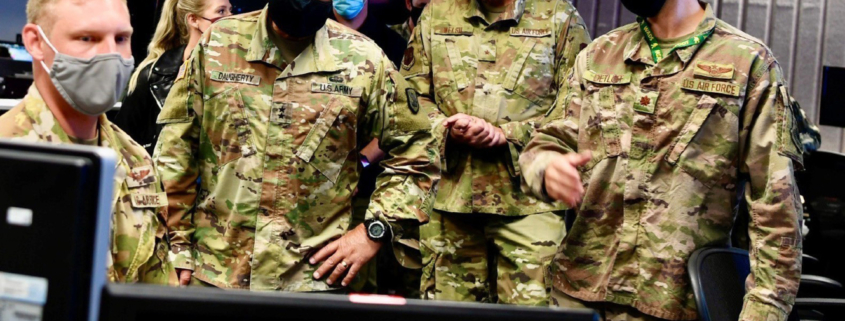How disinformation monitoring helps agencies break down attacks — GCN

INDUSTRY INSIGHT
How disinformation monitoring helps agencies break down attacks
As hacks, ransomware attacks and data breaches continue to make their way into the spotlight, it can be easy to forget about another more subtle, yet perhaps more sinister, aspect of cyberwarfare: disinformation and influence campaigns.
As we’ve seen in recent years, instances of disinformation campaigns and cyberattacks targeting government agencies have increased, making monitoring tools vital in the fight against interference within elections, government initiatives, public health crises and more. Nefarious campaigns within these spaces can easily reach mainstream consumers, drawing more attention to false and even harmful narratives.
These efforts are believed to primarily target the U.S., based on data pulled from Facebook. The Justice Department recently seized 36 websites, linked to Iranian news website domains that were believed to be launching disinformation campaigns against the U.S. With tensions already on the rise, now is the perfect time for agencies to consider platforms and tools that can help them monitor and counter disinformation.
Disinformation detection platforms offer specific tools that help in identifying these attacks and breaking them down. An attack against a government agency will certainly affect the agency itself, but the impact on social media users and constituents could be even more damaging. As many across the U.S. saw last fall, false narratives about the election amplified by influential authors can take social media by storm. While Facebook, Twitter and YouTube all vowed to “clamp down on election misinformation,” false statements made by former President Donald Trump circled Twitter and were shared and engaged with widely, despite being flagged as “misleading.”
Through semi-supervised machine-learning algorithms, monitoring platforms can detect disinformation by defining suspicious behavior parameters and flagging unusual activity. Over time, the algorithm…



